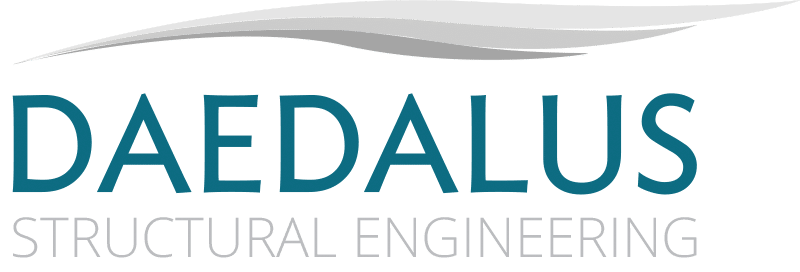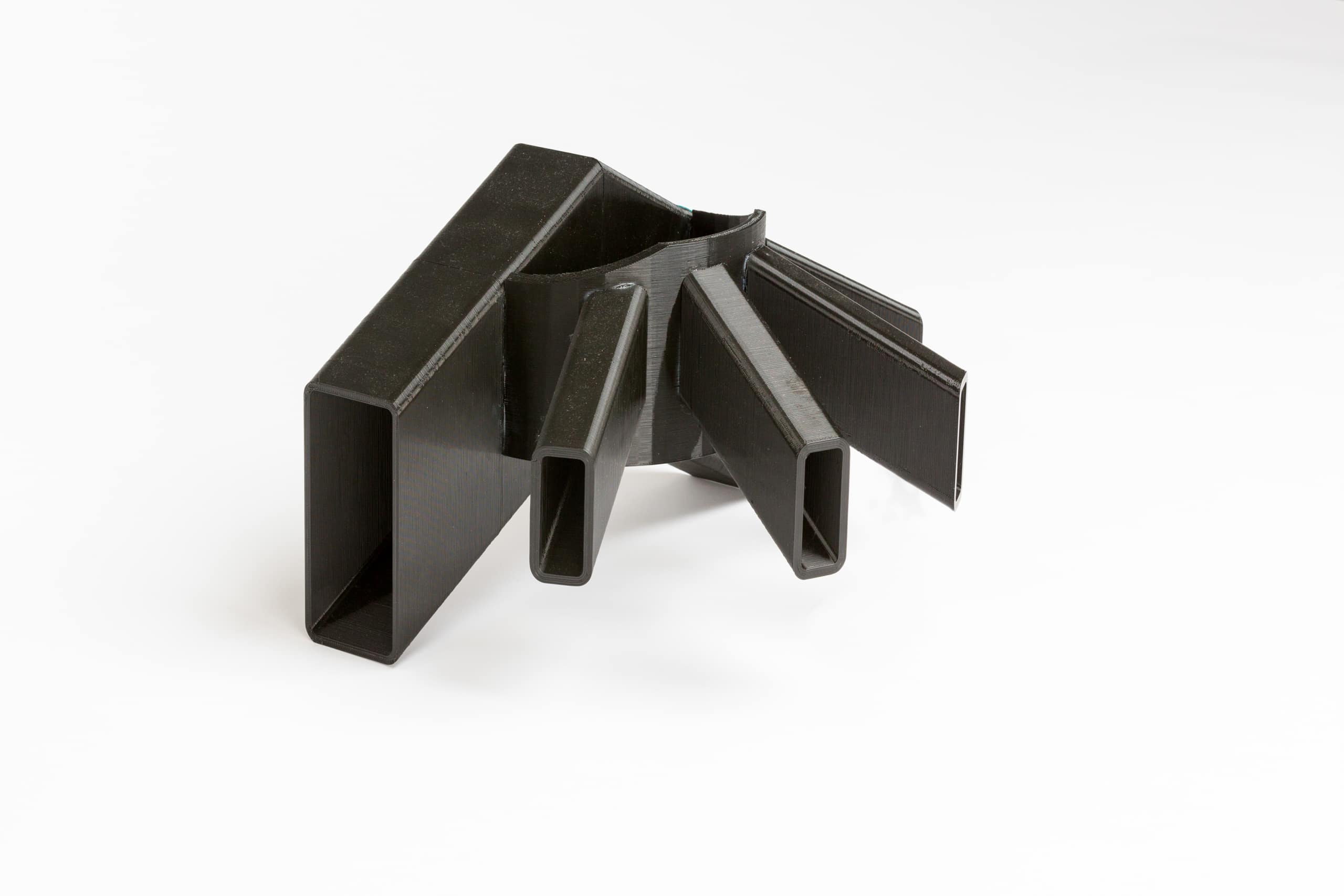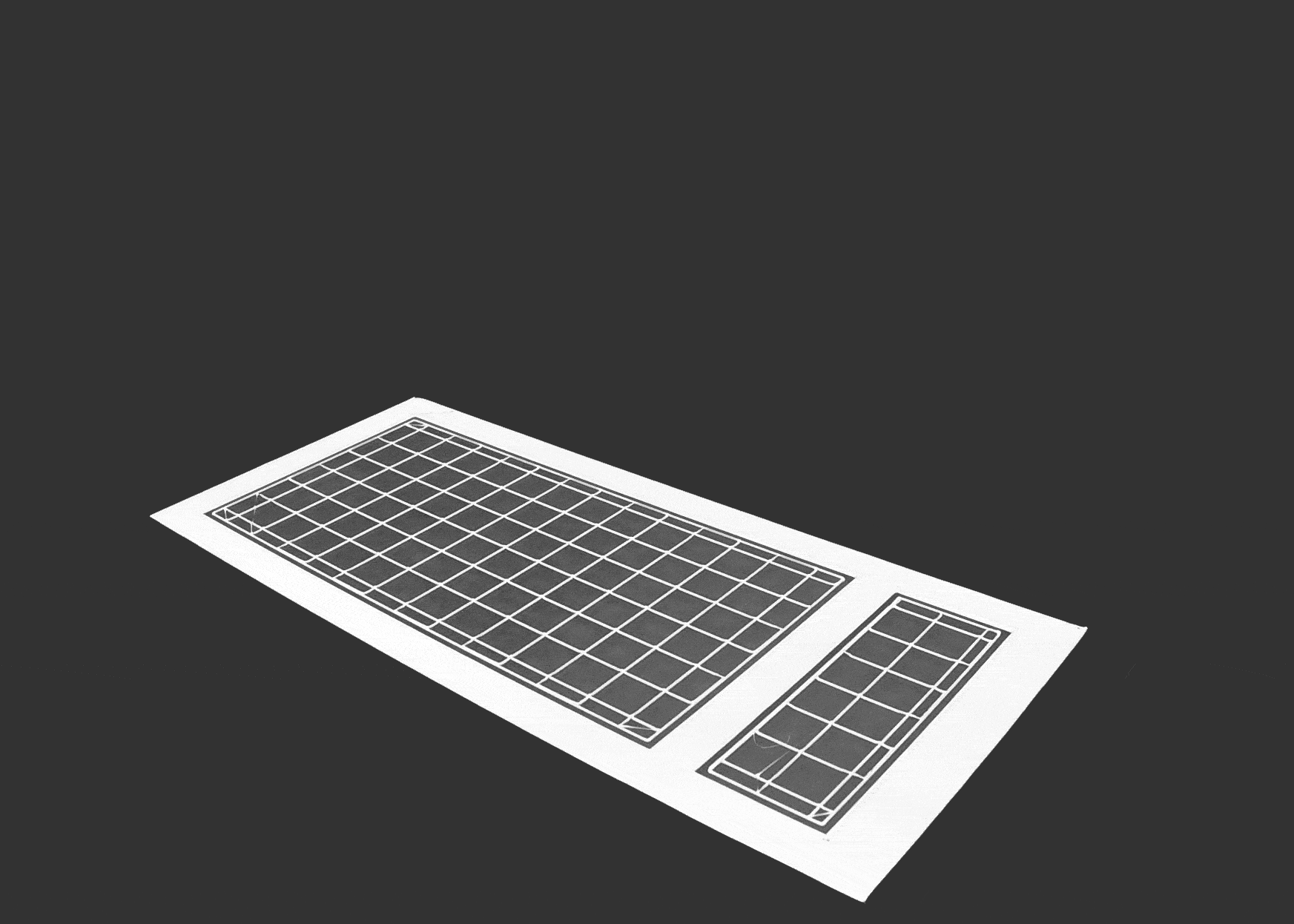This central stair study was printed to help the architect and owner visualize the stair design.
Architect | Walker Warner Architects

We are constantly thinking of new ways to design and build, and 3-D printing of building systems and components is a relatively easy and inexpensive way to investigate and confirm building forms such as stairs, eave conditions, other framing configurations and important exposed connection details. While Building Information Modeling (BIM) is a great tool to help understand unique forms and conditions of larger building systems on a computer, the use of BIM simulation does not readily translate to an understanding of the nuanced appearance of specific details. We have found that a reduced scale, or in some instances a full scale, 3-D printed model that can be spun around in one’s hands, provides a much better understanding and tactile appreciation of the aesthetics and specific details of a building that can be so important to the overall design aesthetic and project success.
At Daedalus, we use these models to help us understand the structural and architectural implications of important details, but our models also help owners, architects, builders and even fabricators understand the design intent with absolute clarity, which helps avoid unexpected construction results that often remain uncorrected due to potential construction change order costs or scheduling implications.

Over the last decade, BIM has taken over the industry with its immediate benefits of modeling and rendering in one file, seeing changes and revisions take place in 2D and 3D with one-click, improving cross-discipline coordination, and most importantly, allowing the design team and clients to visualize a project in 3D, long before breaking ground.
At Daedalus we have more than a collective decade of experience in high quality BIM workflows. This experience allows us to assist design teams in producing the best drawings, modeling to the appropriate Level Of Development, or LOD. We pride ourselves in charging forward, continuously brainstorming new ways to apply the technologies. We are well versed in its merits as well as untapped potentials - continually looking for new and unconventional ways to use the software: 3D printing, creating VR QR codes for clients, and configuring ways to integrate VDC in the future.
We are well-versed in several BIM platforms. Experts in Revit, we have developed customized standards and procedures for the production of excellent drawings. We are also skilled in Tekla, commonly known as a fabrication software that is rapidly expanding into the structural documentation market. For clients that use ArchiCAD, IFC files, a platform-neutral open file format, allows us to share model files between different software. We are also adept at FormIt, Dynamo, Sketchup, and Rhino modeling software.
Our clients have come to expect the highest level of quality drawings through our BIM developments.

This 3-D printed stair design is part of a project that involves an adaptive reuse of a 1960’s vintage tilt-up warehouse building. The stair is fabricated with perforated plate treads with open risers sandwiched between solid plate steel stringers which double as hand rails. The model helped visualize the design appearance and also allowed us to get a sense of the stiffness of the cantilevered stair assembly supported only at the first and second floor levels.
Client and Builder | Peninsula Custom Homes, Inc.
Photographer | Diana Barbatti

This project is characterized by steeply pitched rooflines with sweeping curved eaves. The roof utilizes a “truss-like” system with a ridge and lower ridge board with collar ties. Many walls do not align vertically in this structure and though the architect had provided us with a thorough set of elegantly detailed CAD drawings, we were lacking the same ability to visualize and produce an equivalently thorough structural set of drawings in 2D. Using the architectural 2D CAD drawings, we independently created a 3D structural model. The model allowed us to develop a complete load path from roof to foundation and identify challenging geometry requiring special detailing, thereby eliminating costly redesigns and revisions during construction.
Architect | Michael G. Imber, Architects
Contractor | Dijeau Poage Construction, Inc.

This model was printed to show the architect and owners how this involved yet elegant framing assembly would work. The 3-D model helped visualize the benefit of the clean stacked framing assembly. A nuanced shim plate was added to provide an aesthetic reveal which also provides dimensional tolerance to stack framing members without concern for perfect alignment between beam and column. The model also offers a more tangible scaled perspective to allow the clients to consider the appropriate column size in relation to the supported beams.
Architect | Fergus Garber Young
Builder | Northwall Builders, Inc.
Photographer | Diana Barbatti

One-story light frame civic center utilizing metal deck over glulam beams and custom trusses construction. Architect, MEP, and structural consultants using Revit to advance the design of this community center in Los Altos.
Architect | Noll & Tam Architects

Four-story light frame timber over concrete podium hotel on the northern peninsula. The architectural team used ArchiCAD in coordination with structural Revit.
Architect | SKL Associates, Inc.






